How to Stop Your Dog from Growling at Other Dogs or Guests
Understanding Dog Growling Signals
## Understanding Dog Growling Signals
Does your dog growl at other dogs or guests? It’s a common behavior, but understanding *why* your dog is growling is crucial for addressing the issue effectively. Growling isn’t just aggression; it’s a communication tool. It’s your dog’s way of saying, “I’m uncomfortable,” “I feel threatened,” or “Back off.”
The key is to decipher the context. A low, rumbling growl often signals fear or anxiety. A sharper, more forceful growl indicates a higher level of warning. Pay close attention to your dog’s body language. Are their ears pinned back? Is their tail tucked? Are they stiff and alert? These are all clues.
Ignoring a growl is risky. It’s your dog’s attempt to create space. If you push them past their threshold, they may eventually bite. Instead, calmly remove your dog from the situation. This teaches them that growling doesn’t get them what they want, and provides a safe outlet for their feelings.
Prevention is also key. Work on socialization from a young age, exposing your dog to different dogs and people in controlled, positive environments. Positive reinforcement training can help them associate positive experiences with new encounters.
If growling is persistent or escalating, consult a veterinarian or certified professional dog trainer. They can help identify underlying causes like anxiety or pain and develop a tailored training plan. Remember, understanding your dog’s communication is the first step towards a safer and happier relationship.
Identifying Causes of Aggression
## Identifying Causes of Aggression
Growling in dogs is a common behavior, but it’s rarely just a simple warning. Understanding *why* your dog is growling is the crucial first step to helping them overcome aggression towards other dogs or guests. It’s their way of communicating discomfort, fear, or a perceived threat.
The root cause can be complex. **Fear-based aggression** is often triggered by perceived threats. Your dog may growl when approached too quickly, or if someone reaches towards them. **Possessive aggression** stems from protecting resources like toys, food, or even you! This can manifest as growling when others approach these items.
**Resource guarding** is a specific type of possessive aggression. **Protective aggression** arises from a desire to defend you or their territory. Sometimes, **pain or medical issues** can even lead to increased irritability and growling. A dog experiencing discomfort may growl when touched or approached.
Observing *when* and *how* your dog growls provides vital clues. Is it a low rumble, a sharp bark, or accompanied by a stiff body language? What circumstances precede the growl? Is it always around other dogs, or specific people?
A vet visit is essential to rule out any underlying medical conditions. Once the cause is identified, a qualified professional – a certified dog trainer or veterinary behaviorist – can help you develop a tailored behavior modification plan. This might involve desensitization and counter-conditioning techniques to help your dog learn to associate the triggers with positive experiences.
Behavioral Modification Techniques
## How to Stop Your Dog from Growling at Other Dogs or Guests
Growling can be a tricky behavior to navigate, often stemming from fear, anxiety, or a perceived threat. Understanding *why* your dog is growling is the first step towards helping them. It’s a warning signal – don’t punish the growl itself, as this can suppress the warning and lead to more serious aggression. Instead, focus on addressing the underlying cause.
**Behavioral Modification Techniques:**
**1. Identify Triggers:** What situations consistently elicit the growling? Is it certain breeds, specific body language, or confined spaces? Keeping a log can be incredibly helpful.
**2. Desensitization & Counter-Conditioning:** Gradually expose your dog to the trigger at a distance where they *don’t* react. Pair the presence of the trigger with something positive – high-value treats or praise. Slowly decrease the distance as your dog remains calm.
**3. Positive Reinforcement:** Reward calm, relaxed behavior around other dogs or guests. This helps your dog associate positive outcomes with peaceful interactions.
**4. Management is Key:** Avoid situations that overwhelm your dog. This might mean keeping them on a leash in crowded areas or creating a safe space for them to retreat to.
**5. Professional Help:** If the growling is severe or you’re unsure how to proceed, consult a certified professional dog trainer or veterinary behaviorist. They can assess your dog’s behavior and develop a tailored training plan.
Remember, consistency and patience are crucial. Changing behavior takes time and dedication. By focusing on positive reinforcement and addressing the root cause, you can help your dog feel more comfortable and secure around others.
Creating a Calm Environment
## How to Stop Your Dog from Growling at Other Dogs or Guests
Growling is a dog’s way of communicating – it’s not always about aggression! Often, it’s a warning signal indicating discomfort, fear, or anxiety. Understanding *why* your dog is growling is the first step to helping them feel safer and more secure. Creating a calm environment is key to addressing this behavior.
**Identify the Trigger:** What situations consistently lead to growling? Is it specific dogs, people approaching, certain locations, or noises? Pinpointing the trigger helps you manage the environment.
**Desensitization & Counter-Conditioning:** This involves gradually exposing your dog to the trigger at a low intensity, pairing it with something positive – high-value treats, praise, or a favorite toy. Slowly increase the intensity of the trigger as your dog remains calm. For example, if your dog growls at other dogs, start with brief, distanced walks where they observe other dogs from afar, rewarding calm behavior.
**Safe Spaces:** Provide your dog with a designated “safe space” – a crate, bed, or corner – where they can retreat when feeling overwhelmed. Never force them into this space; let them choose it.
**Management is Crucial:** Avoid situations that consistently trigger growling until you’ve made progress with training. This might mean avoiding crowded dog parks or carefully managing interactions with strangers.
**Positive Reinforcement:** Reward calm, relaxed behavior. Any time your dog shows signs of relaxation around triggers, offer praise and treats.
**Seek Professional Help:** If growling is severe or accompanied by aggression, consult a certified professional dog trainer or veterinary behaviorist. They can help you develop a tailored training plan and rule out any underlying medical conditions. Remember, patience and consistency are essential!
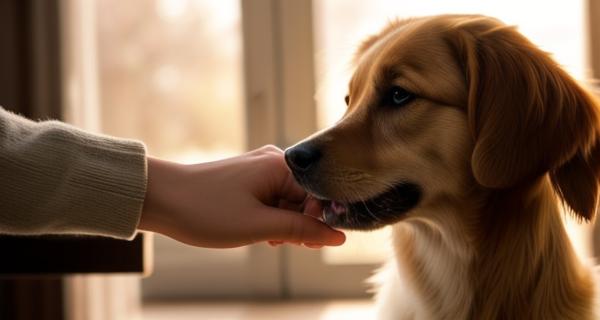
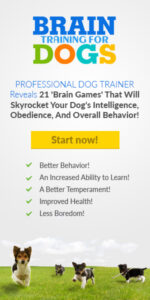
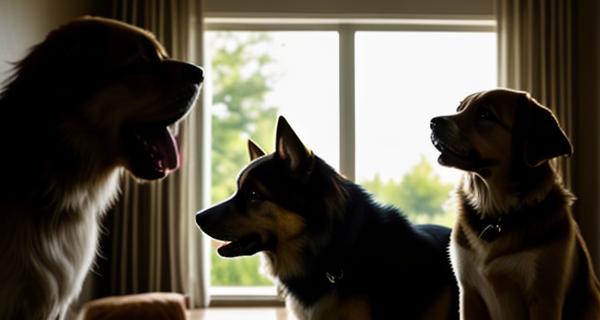
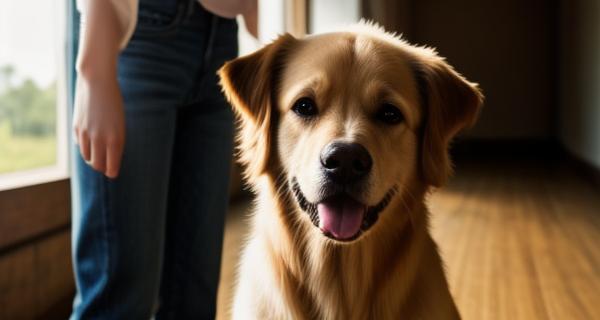
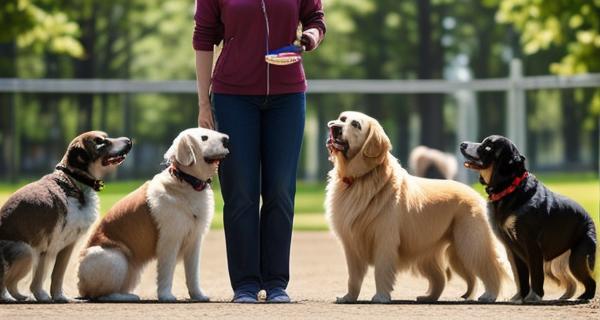
Post Comment
You must be logged in to post a comment.